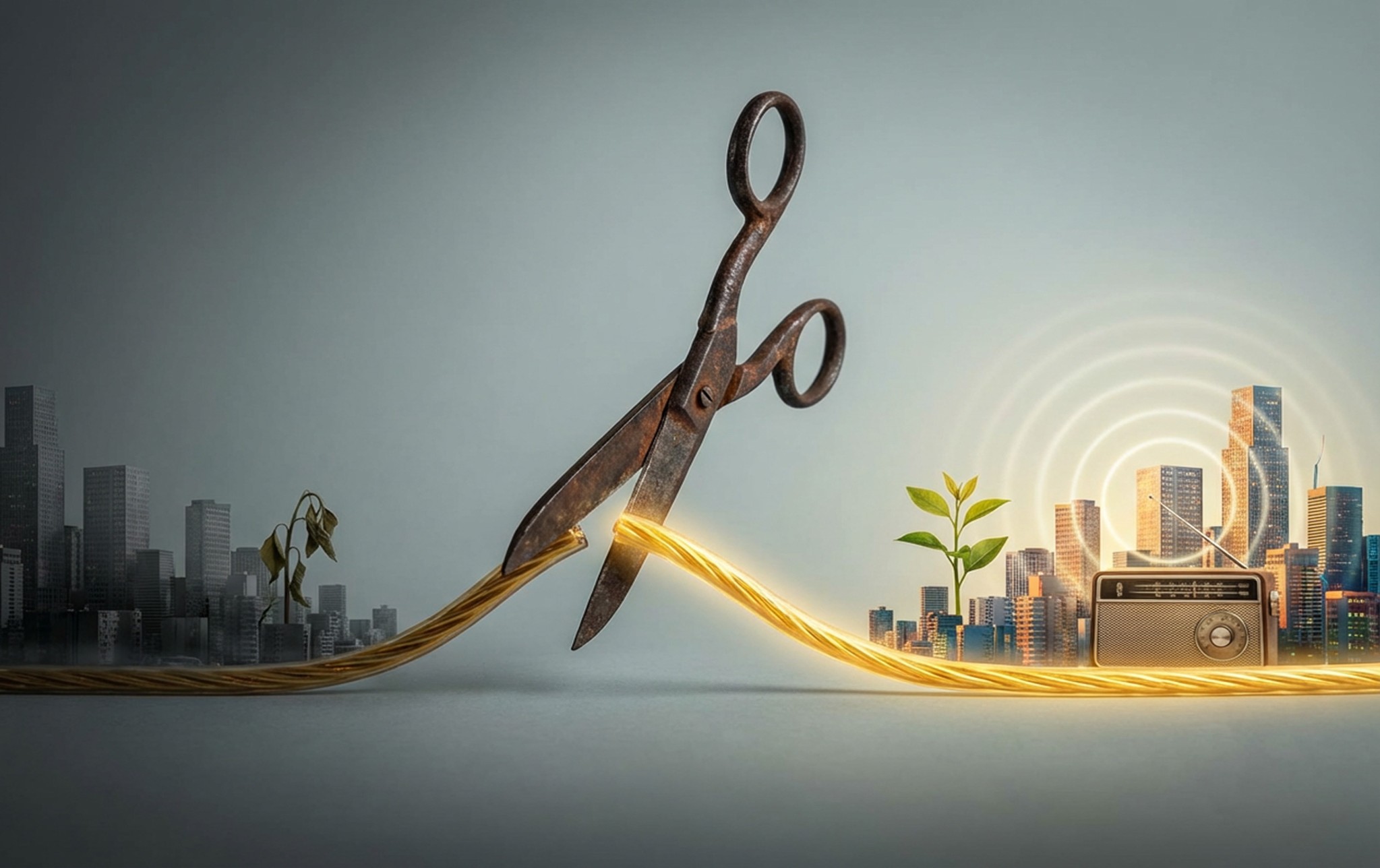Growing up I was always made to write thank-you notes. When early January rolled around and the excitement of Christmas died down, I’d pick up a pen and start a marathon writing session, expressing gratitude to all the gift-givers in my life. My mom would say I had to write a thank-you card, because if I didn’t, I shouldn’t expect presents from those people in the future. That was all the motivation I needed.
But it was a good lesson to learn at such a young age, and it’s one I’ve carried with me into adulthood. That’s right: I still write thank you notes. It’s very analog of me, I know, but I’ve actually developed a bit of a reputation for sending cards and handwritten letters in an age of text messages and emails. (My mom would be so proud!)
Based on nothing more than a good old-fashioned hunch, I think people still like to receive a handwritten letter in the mail, and it doesn’t hurt that I love the art of writing — that act of putting pen to paper. My writing isn’t beautiful, but don’t tell that to the fountain pens and stationery I’ve amassed. Let’s just say my collection of proper writing tools has grown over the years.
My mother was a wise lady. Businesses and charities all know that you need to thank your customers and donors. But do they do it? When was the last time you thanked your most loyal customers — those who put their trust in you and your products? Or, if you’re leading a charity, how often do you express your gratitude to those who part ways with their hard-earned money to help you advance your mission?
If you’re the person who is tasked with writing thank-you notes for your organization, there are some crazy stats floating around on the power of this simple gesture. One of them comes from best-selling author Penelope Burk, who reminds her readers that a thank-you note sent to a donor within 48 hours of receiving their donation makes it four times more likely they’ll give again. Yes, you read that right — four times more likely! If you wait a week, that number drops drastically, and if you wait a month, the donor starts to feel resentful. Why? Because you didn’t care enough to be more prompt.
Let’s say you’re skeptical about that stat from Ms. Burk — I found it hard to believe too! — and a prompt thank-you only makes it twice as likely a donor will give again. It would still be well worth your time to create a system that ensures you’re sending a thank you note within 48 hours of receiving a gift. It takes so much work to get a first-time donor to engage, so why wouldn’t you increase the odds of another donation just by being punctual in your response?
Being quick to express gratitude, and doing it in a thoughtful way with a personal touch, has a wide range of benefits, not just for business but for life. It's good for the person receiving an acknowledgement of their kindness, generosity or loyalty, and for the one sitting down to write it. When appreciation moves from the head or heart to paper, there’s something beautiful that happens in the process. If I only knew that when I was younger, I might have been writing those notes right after Christmas dinner.
If you’re interested in taking gratitude to the next level in your organization, let's talk. We would love to help you explore what it would look like to embed best practices into every system you build.





